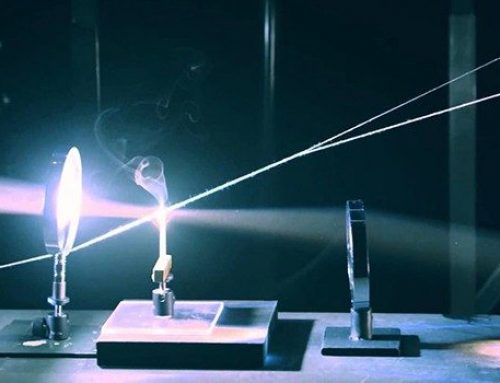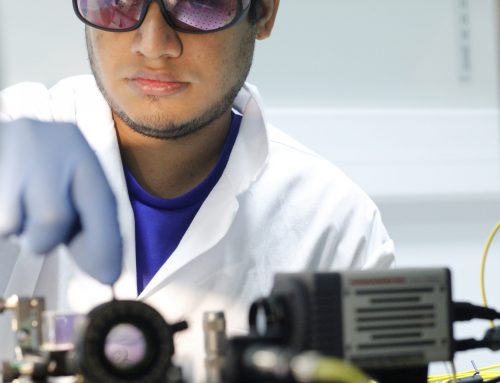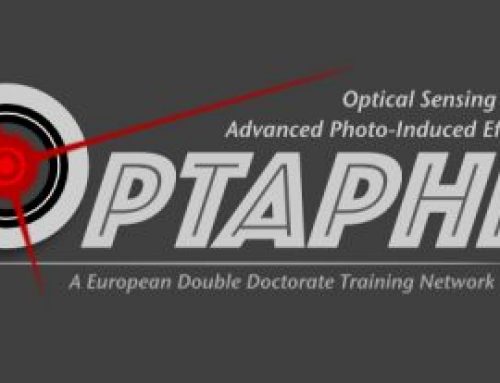Project Description
PASSEPARTOUT

Project Description
Air pollution in terms of toxic gas molecules and particulate matter is a major cause of morbidity and premature mortality, resulting in an estimated 4.2 million deaths per year. Real time pollution monitoring with high spatial resolution and public alerts is vital to minimise the exposure of the population, particularly the vulnerable, to air pollution. Direct access to high quality, trustworthy data will allow optimisation of daily schedules to reduce exposure. The availability of actionable data, which will, if necessary, stand up in court and with government, will drive long term changes in the behaviour of both the public and industry. Ambient pollutant reference detectors are impractical for widespread or mobile deployment. Miniature, low cost electrochemical generally are still not stable or sensitive enough for monitoring ambient pollutants reliably. PASSEPARTOUT will advance the development and deployment of miniature, hyperspectral optical based sensors based on Quartz Enhanced Photo-acoustic Spectroscopy and Photo-Thermal Interferometry for a wide range of ambient pollutants. The PASSEPARTOUT optical sensors operate in the mid-IR or NIR spectral range and allow calibration free methodologies as quantification is based on the well-known optical constants of the target analytes and will be compatible with the rigorous certification process. PASSEPARTOUT will realise the first 3D mobile optical gas analyser network capable of operating in an urban area. Innovative and high-performance technologies for high accuracy and flexible environmental air quality monitoring will be built into robust drone-mounted, low-cost vehicle-mounted and stationary sensors. The network will provide real-time information about the concentration of polluting gases (NOx, SO2, NH3, CH4, CO, CO2) and black carbon within urban areas, around landfills and seaports with extremely high precision and excellent spatial resolution.
Consortium
The PASSEPARTOUT consortium consists of the Centre for Advanced Photonics & Process Analysis (CAPPA), Munster Technological University (Ireland), Università degli Studi di Bari Aldo Moro (Italy), nanoplus Nanosystems and Technologies GmbH (Germany), Green Lab Hungary Engineering Ltd (Hungary), Politecnico di Bari (Italy), Argotech AS (Czechia), Technische Universität Wien (Austria), Technische Universität München (Germany), ETG Risorse e Tecnologia S.r.l. (Italy), Centre National de la Recherche Scientifique – Université Côte d’Azur (France), Ecospray Technologies S.r.l. (Italy), Vario-Optics AG (Switzerland), Techno Sky (Italy), University of Applied Sciences and Arts Northwestern Switzerland (Switzerland), Haze Instruments d.o.o. (Slovenia), Le Verre Fluoré (France), AUG-H Signals Hellas (Greece) and Comune di Bari (Italy).
Approach
Currently available ambient pollutant reference detectors are either impractical for widespread or mobile deployment (due to size, cost, insufficient robustness), or generally are still not stable or sensitive enough for monitoring ambient pollutants reliably. PASSEPARTOUT will advance the development and deployment of miniature, hyperspectral optical based sensors based on Quartz Enhanced Photo-acoustic Spectroscopy and Photo-Thermal Interferometry for a wide range of ambient pollutants. The PASSEPARTOUT optical sensors operate in the mid-infrared or near-infrared spectral range and allow calibration-free methodologies, as quantification is based on the well-known optical constants of the target analytes and will be compatible with the rigorous certification process. The PASSEPARTOUT consortium hopes that the availability of actionable data, which will, if necessary, stand up in court and with government, will drive long term changes in the behaviour of both the public and industry.
About PASSEPARTOUT Research
The PASSEPARTOUT project has received funding from the European Union’s Horizon 2020 research and innovation programme under grant agreement No. 101016956, within the context of the Photonics Public Private Partnership (www.photonics21.org).







